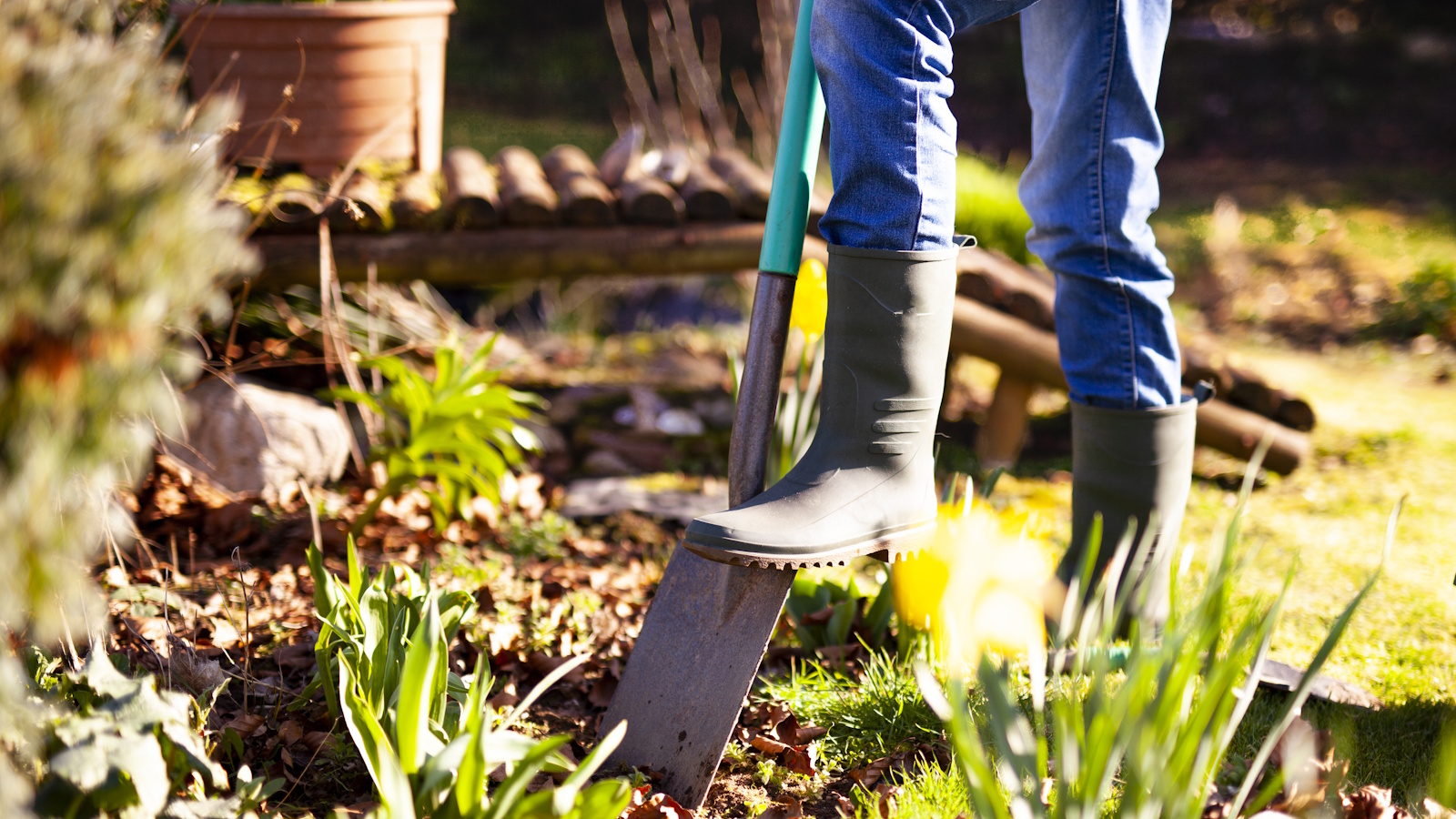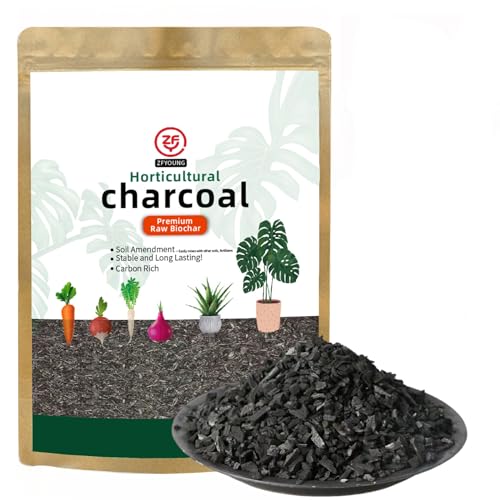I have planted thousands of perennials and shrubs as a professional gardener – and biochar is the secret ingredient I always recommend
Biochar is a helpful and long-lasting soil additive, with impressive results


Planting new trees, shrubs and perennials is an exciting process. As gardeners, we tend to refine and add to our borders and pot displays every year. More plants can only be a good thing, right? If you are anything like me, you won't be able to resist adding a few new plants to your yard, especially after visiting a local garden store and admiring what's on offer.
Fall is an ideal time to do this. The soil remains warm from sunny summer months, rainfall is high and the evenings are mild. As a professional gardener, I have planted many thousands of plants, and getting them in the ground in October and November yields good results.
Improving soil condition is an important consideration when planting, and one additive that can help is biochar. This carbon-rich material has been used for thousands of years by Indigenous communities in the Amazon, who have long prized it as a way to improve soil health. Put simply, biochar is a type of charcoal that is made from burning organic materials. It is nutritious and long-lasting, remaining in the soil for centuries. So, if you have plants that you need to get in the ground this fall, biochar will help to give them the best start. Here, I share all I know about the secrets of soil improvement.
How to use biochar
Soil types change from region to region, depending on terrain, US hardiness zones, human activity and other variants. If want to know more about your soil, I recommend using a soil test kit, available from Amazon, which will reveal nutrient deficiencies, pH and moisture levels.
Whatever your soil type, learning how to boost soil nutrients is important, helping you to get the most out of your yard. Biochar is one transformative soil improver that I have used when planting perennials, shrubs and trees, and the results will not disappoint.
How to use biochar

Good soil health will ensure that your plants have all the necessary nutrients for healthy and vigorous growth, and biochar is one easy way to achieve this. Once you have sourced some biochar, you should combine it with compost (unless it is already premixed).
Mixing with a good quality organic compost, available from Amazon, aim for a 1:10 ratio of biochar to compost, ensuring that you mix thoroughly with a fork or shovel. If you are only making enough to plant one new shrub or tree, you can mix a smaller quantity, but this ratio is a good approximation to aim for.
Design expertise in your inbox – from inspiring decorating ideas and beautiful celebrity homes to practical gardening advice and shopping round-ups.
Use this mixture when refilling the planting hole, and water well when you are finished planting. Soil can often sink after watering, so be sure to firm it down and add to it if needed.
If you have other backyard ideas or you are learning how to start a vegetable garden, biochar is a good product to keep in the shed. If you are planting vegetables like parsnips, carrots or garlic, you can add a sprinkling of biochar directly into the planting hole.
You can also mix a small amount in with pots and containers, although I would always suggest adopting a less is more approach, to avoid damaging your plants. One 2022 study found that high amounts of biochar can have negative effects on plant growth and flowering, so caution is advised.
FAQs
Should I use biochar when planting bulbs?
Yes, you can combine a small amount of biochar with soil when planting bulbs. This can slow down the process of bulb planting, but adding a small sprinkling to each hole and combining it with compost can help to improve the quality and structure of the soil. Bulbs need lots of nutrients to produce vigorous growth and brilliant blooms, so a small amount of biochar will only enhance your spring display.
Biochar is a remarkable material that can improve soil structure, fertility and moisture retention in your borders. This, in time, will lead to better plant growth and crop yields. For more compost and soil tips, see our guide to Charles Dowding's composting tips, full of useful ideas on how to get the most from your soil.

Thomas is a Content Editor within the Gardens Team at Homes and Gardens. He has worked as a professional gardener for both public spaces and private estates, specializing in productive gardening, growing food and flowers. Trained in Horticulture at the Garden Museum, he has written on gardening and garden history for various publications, including The English Garden, Gardens Illustrated, Hortus, The London Gardener and Bloom. He has co-authored a Lonely Planet travel book, The Tree Atlas, due out in 2024.


